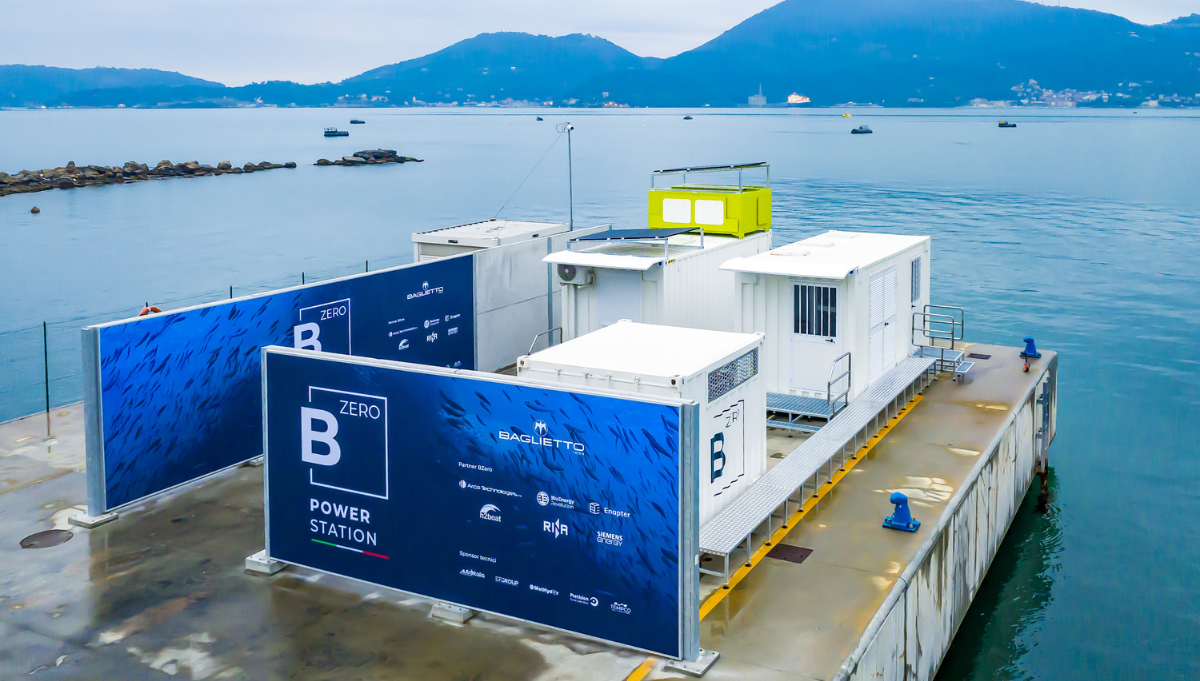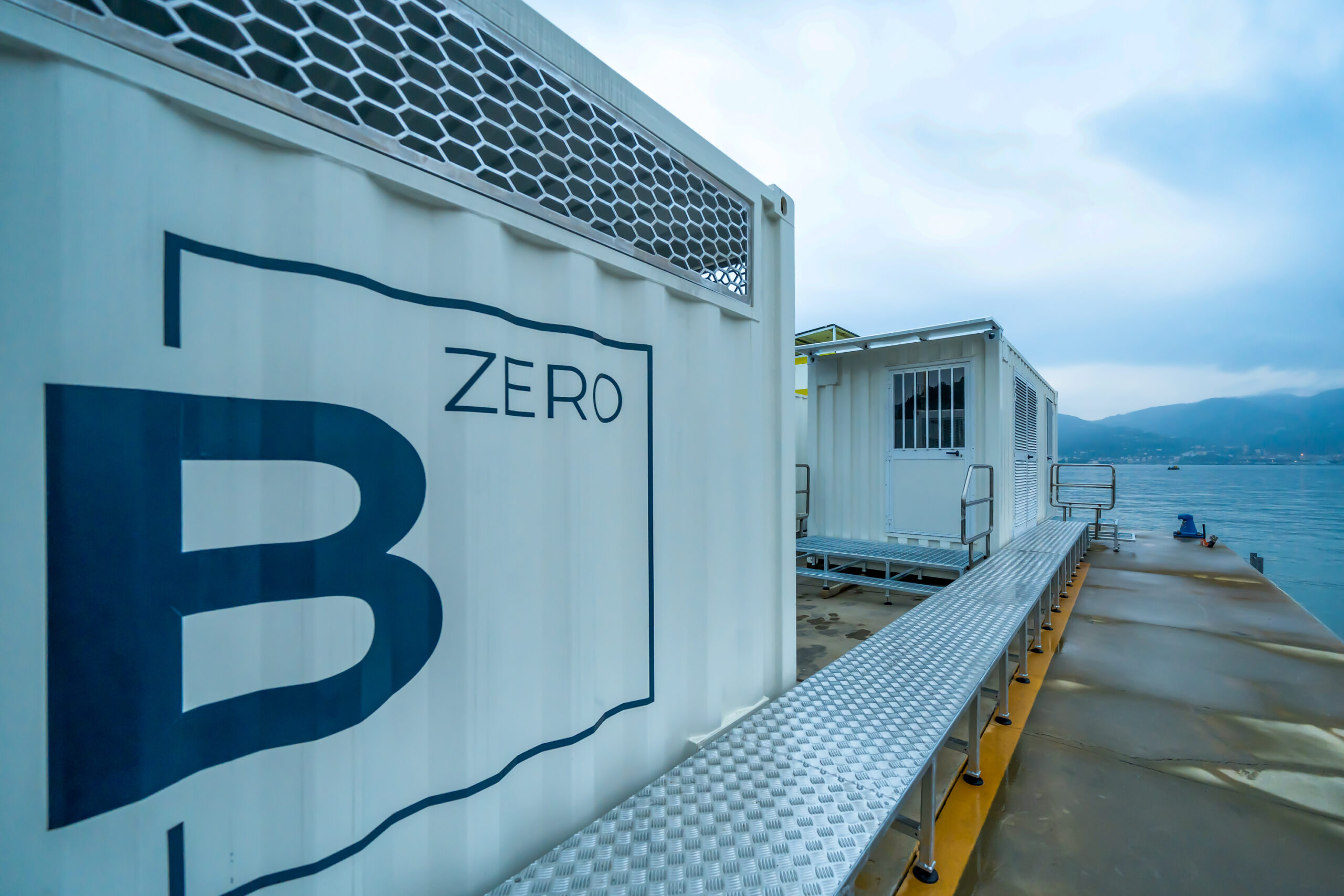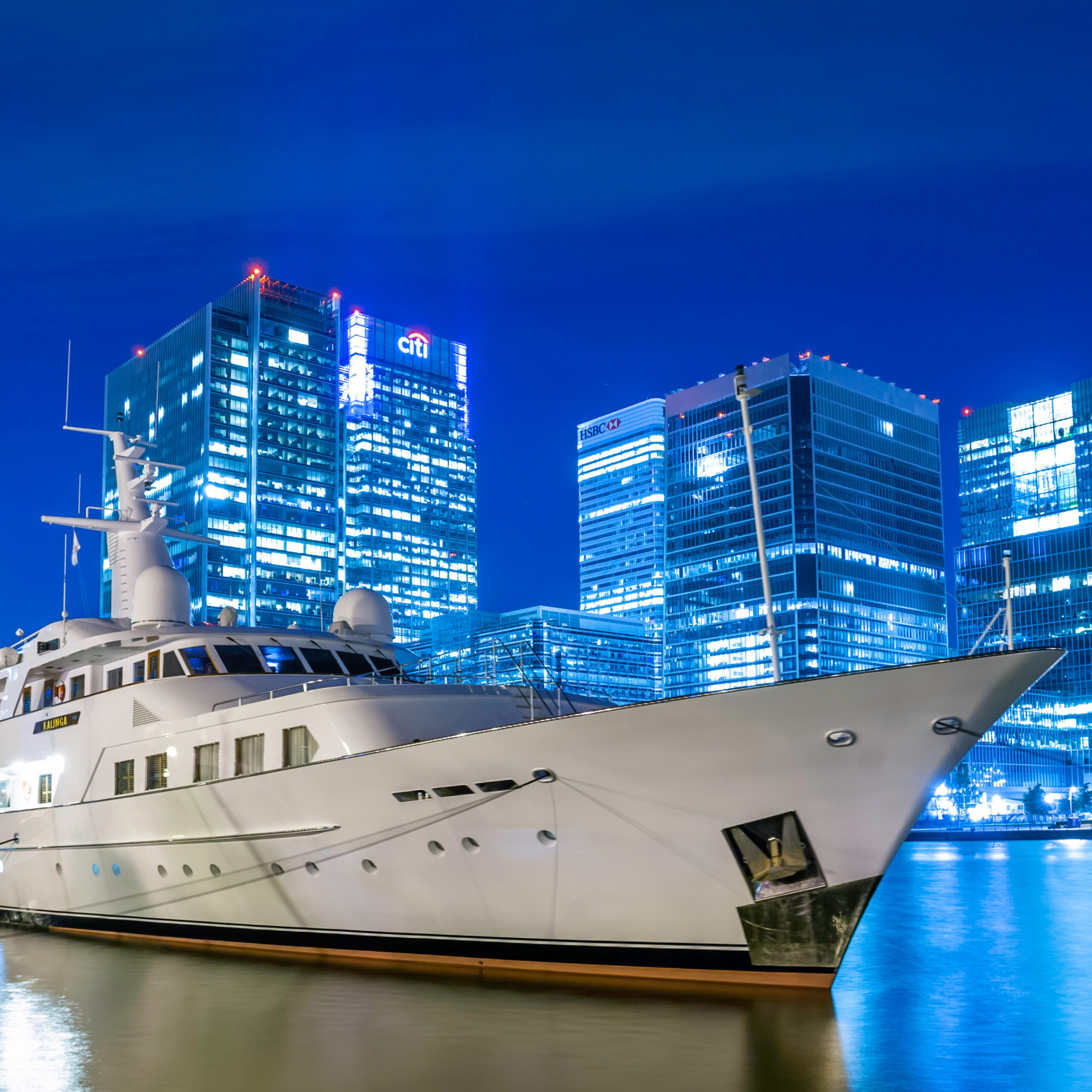
Shipyard Sustainability Measures

Shipyard Sustainability Measures
Reducing impact from the ground up
Superyacht shipyards are looking at their own environments to ensure sustainable yachts are being built within sustainable facilities.
The topic of sustainability within yachting is a hot one. Many owners are looking to reduce their consumption, charterers are looking for yachts with environmental policies, and designers are pushing boundaries with innovative materials. Much of the focus for shipyards falls on sustainable construction, alternative propulsion and streamlined hulls, however, many are taking a closer look at their own facilities to ensure sustainably built yachts happen from the ground up.
With upcoming European environmental regulations involving new reporting requirements coming into play, Moena Maggi, sustainability manager at Damen Yachting, says her biggest goal for 2025 is to keep learning. One of the changes already implemented at the Vlissingen facility is hosting nesting seagulls on the roofs of the shipyard buildings to help move the growing population out of the city. Aside from supporting an obvious cause, it complies with the new European “Nature Restoration Law” that came into force in 2024.

Baglietto BZero Power Station

Baglietto BZero Power Station
Shipyard-wide sustainability initiatives help to create a circular economy in yacht building. This involves recycling materials at the end of their lifecycle and implementing closed-loop systems where products are continuously reused. Feadship recycles aluminium alloys back to its vendor to further improve the recycling process by not downgrading the material. It has also introduced “district heating” at its Amsterdam facility, which uses a combination of renewable and surplus heat. Both the underfloor heating and the air handling units are connected to this system, with all residual heat extracted being reused.
Another popular route to sustainable production is the use of solar panels. Around 70% of Damen’s overall energy usage derives from solar panels. Similarly, the roof of Feadship’s main building is covered in 2,262 solar panels generating an estimated 550,000 kWh of energy annually. While Amsterdam city council regulations require a certain square meterage of solar panels on all new buildings, Feadship went one step further, adding giant windows in the roof that are made of heat-generating glass. Its facility doors are also controlled by variable-frequency electro-motors that consume far less power than their standard equivalents.
Developments within superyacht construction can be shared or repurposed in-house, as illustrated by Italian boat builder Baglietto. In 2023, it launched its Bzero project prototype. Based on the use of green hydrogen as a new energy source for yachts, the prototype power station will also partially contribute to the shipyard’s energy production cycle, thereby becoming part of an integrated virtuous system.
Heesen Sun Tracker
Heesen Sun Tracker
“The Bzero project testifies to Baglietto’s strong commitment to greener and increasingly sustainable yachting, and our active role in the ongoing inescapable energy transition process,” says Baglietto’s CEO Diego Michele Deprati, who notes that the company’s new department, Baglietto Energy, is “specifically devoted” to studying new eco-sustainable technology and alternative energy sources within yachting. “The Bzero Project is an important starting point, but also the ‘gate’ to the great challenge of the future.”
As at the other yards, Lürssen is investing in energy-efficient refurbishment of building façades and windows, which will lead to lower energy consumption. “We have installed photovoltaic systems on the roofs of the shipyard sheds and will continue to install them wherever possible and sensible,” says Lürssen’s Sylke auf dem Graben. “In the past years we have also digitalised several manufacturing processes, like our pipe workshop, as well as our design, planning/AV and production equipment.”
Monaco Marine monitors the risks and environmental impact of its activities, including possible air and water pollution from paint, varnish, antifouling, carpentry, careening or product spillages.

Baglietto BZero Power Station

Baglietto BZero Power Station
In addition to generating power from alternative sources, reducing energy requirements altogether is another area of focus, says Maggi: “All of these small improvements that can save on energy come down to [human] behaviour. It’s not just switching over to electric but recalibrating what we need.”
Ferretti Group’s solar-generated electricity is used to power the Ancona-based yard’s ‘trigeneration plant’ (which combines cooling, heating and power), culminating in a 79% reduction of the yard’s demand for electricity, 32% reduction of thermal energy, and an estimated annual primary energy saving of 20%.
At Heesen’s facilities in Oss, Patented Sun Tracker technology installed on the roof of its dry dock automatically dims the interior LED lighting to avoid wasting energy on days where natural sunlight is sufficient. It’s so far reduced the shed’s lighting requirements by 25%. Cantiere delle Marche uses IR detectors that identify human presence to keep its electric power supply to a minimum.
Twelve months on from the installation of 612 new solar panels manufactured by Sunerg Solar, Arcadia Yachts has self-generated approximately 300,000 kWh of electricity, reduced its consumption of ‘traditional’ energy by over 40% and feeding the remaining 30% of the total converted from solar energy into the public grid. “After completing the investment about a year ago, we set ourselves the goal of a significant environmental improvement, starting from the yachts’ production journey and not just their use,” says Arcadia’s director, Ugo Pellegrino. “We’re delighted with the results we’ve achieved and hope to once again be a pioneer in the industry.”



